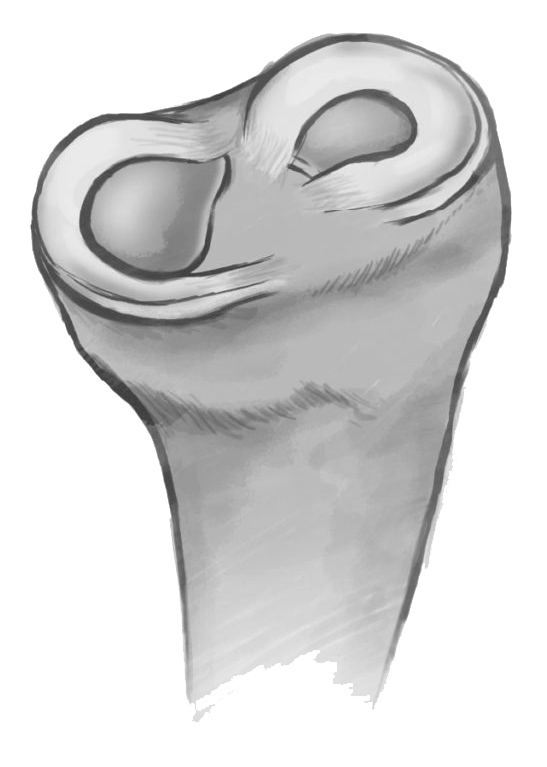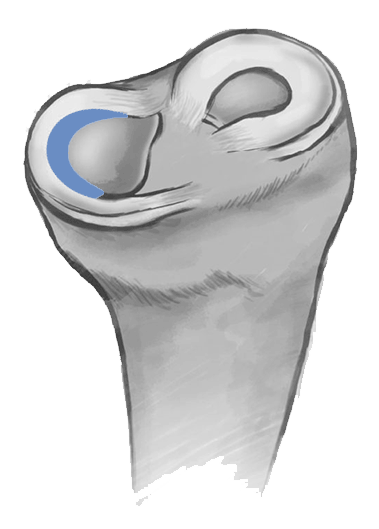top of page

Meniscus
The menisci are C-shaped structures located between the femur (thigh bone) and tibia (shinbone) in the knee joint.
Each knee has two menisci: one on the inner side (medial meniscus) and one on the outer side (lateral meniscus).
They play an important role in:
-
Distributing weight across the knee joint.
-
Helping stabilize the knee.
Types of Meniscus Injuries
There are three main types of meniscus injuries:
-
Traumatic (due to injury or sudden movements)
-
Degenerative (caused by wear and tear over time)
-
Congenital (present from birth)
TREATMENT
01. CONSERVATIVE MANAGEMENT
-
Physical Therapy: Strengthening muscles around the knee and improving range of motion.
-
Medications: Anti-inflammatory drugs (NSAIDs) to manage pain and swelling.
-
Injections:
-
Corticosteroid Injections: To reduce inflammation and pain.
-
Hyaluronic Acid Injections: To improve joint lubrication and reduce pain.
-
Platelet-Rich Plasma (PRP): To promote healing of the injured meniscus.
-
02. SURGICAL TREATMENT
-
Partial Meniscectomy:
-
Removal of the damaged part of the meniscus.
-
Often preferred in cases of irreparable tears, as it is less risky and provides faster recovery compared to meniscus repair. and bone in the unaffected areas.
-
-
Meniscus Repair:
-
Recommended for tears in the outer, vascular area of the meniscus where healing is more likely.
-
Recovery is longer and more complex compared to meniscectomy.
-
03. POST-SURGICAL REHABILITATION
-
Focus on restoring knee strength, mobility, and function through a structured rehab program.
-
Recovery varies: faster with partial meniscectomy and slower with repair.
04. KEY POINT
-
Conservative treatment, including injections, is effective for many cases. In cases requiring surgery, partial meniscectomy is often more efficient and carries fewer risks than meniscus repair, especially in certain types of tears.

bottom of page
